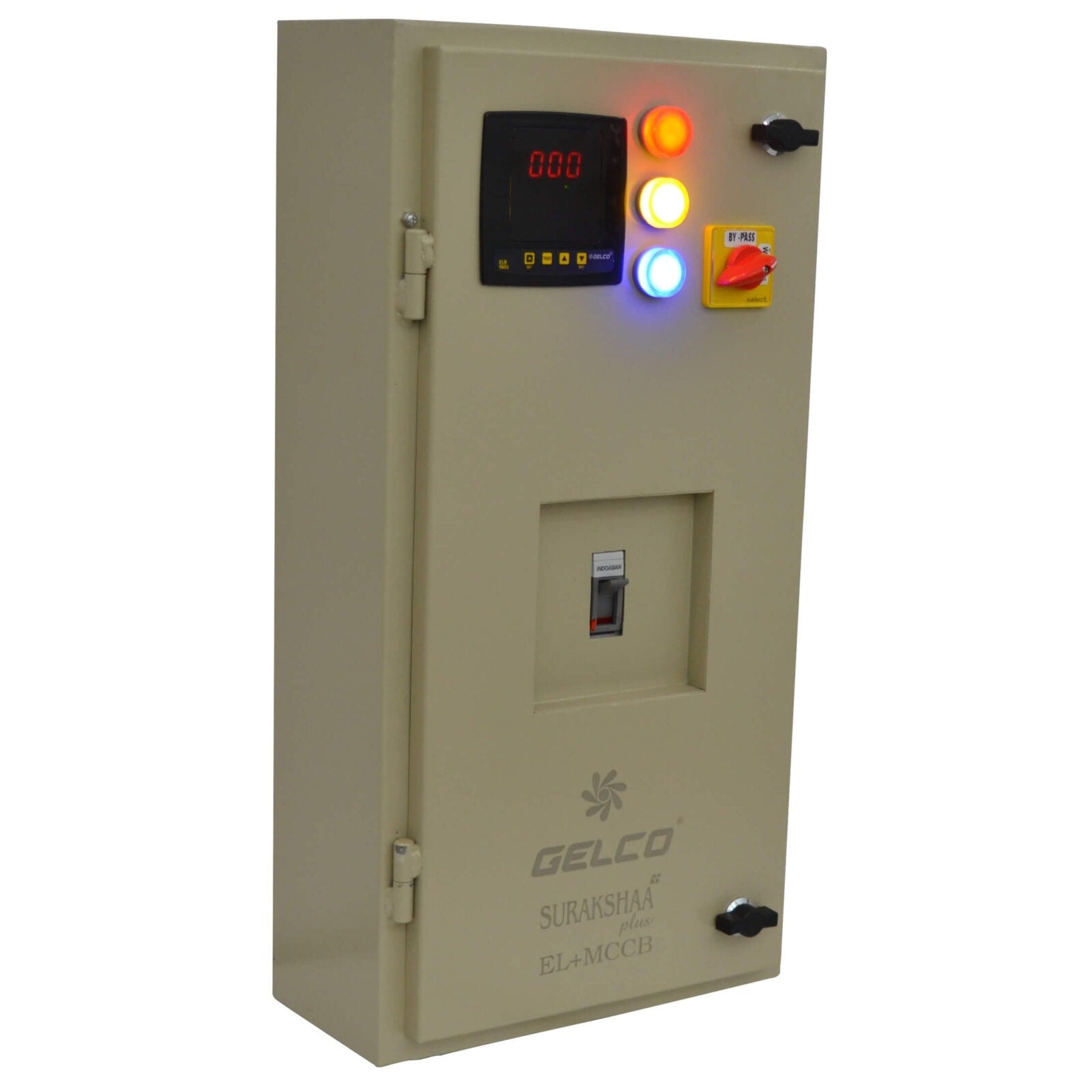Earth Fault Relay: An Overview
The Earth Fault Relay is an electrical protection device, designed to detect low earth leakage current and safeguard humans and electrical equipment from earth leakage or faults. In situations like insulation failure or the presence of moisture etc, when the live portion comes in contact, indirectly with the earth or grounding, a low level of current leakage is caused. Earth Fault Relay helps identify such low-level leakages/faults and provides protection against them.
How does an Earth Fault Relay Work?
The Earth Fault Relay (EFR) requires input from a CT to function. There is a set limit to the earth's fault current. If it exceeds the specified value for the set time delay, the output tripping contacts would be activated.
Similar to the functioning of the Residual-Current Circuit Breaker (RCCB), the EFR also functions in accordance with Kirchoff’s law. According to Kirchoff’s law, the current flowing out of point A must be the same as the current flowing in at point A. However, an earth fault can cause the current values to differ drastically. In such a case, the EFR will be deployed to identify the fault location with the assistance of the CT. If the values of the ingoing and outgoing currents are the same, EMF is not induced to CT but if not, then EMF will be induced in CT, and the output of the EMF will be conveyed to the relay.
The Earth Fault Relay possesses certain features the values of which can be set up using the Dip switch. These features are:
- IS - used for sensing current,
- IHS - used for sensing high current and
- Delay
Certain EFR settings such as tripping, current, tripping, time, high peak current etc can also be customised as per personal utility.
When the EFR identifies a fault, the trip light gets illuminated to indicate a possible leakage or fault. Once the fault is resolved, we need to manually reset the EFR. There are various versions of EFR that provide specific earth fault and overcurrent protection. Some EFRs also come without the CT, in that case, it is suggested to always connect one separately to the ERF.
Conclusion
Based on our previous blogs and the present discussion, one can see that even if the two protective devices (EFR & ELR) work on a similar principle yet they differ in their functionality. An Earth Fault Relay will protect the system against any phase of an earth fault but is unable to detect leakage currents going through the neutral. However, the Earth Leakage Relay can also detect overcurrents or leakage currents flowing via the neutral.
We have already discussed the Earth Leakage Relay in detail and how it differs from the Earth Fault Relay in our previous blogs. Hope the detailed understanding of the Earth Fault Relay would have helped you gain a better understanding of the protection devices and comes in handy to make the right choice.
















